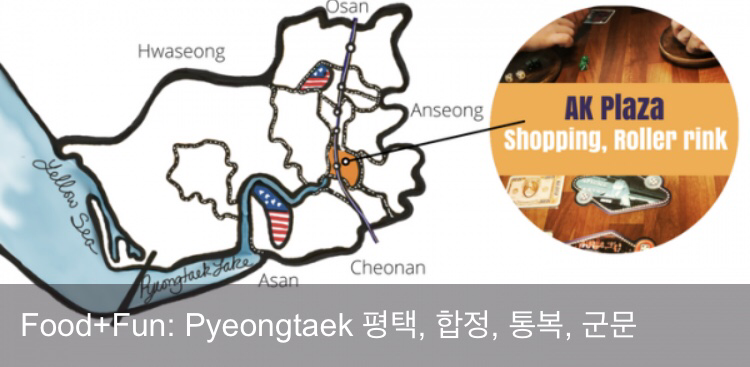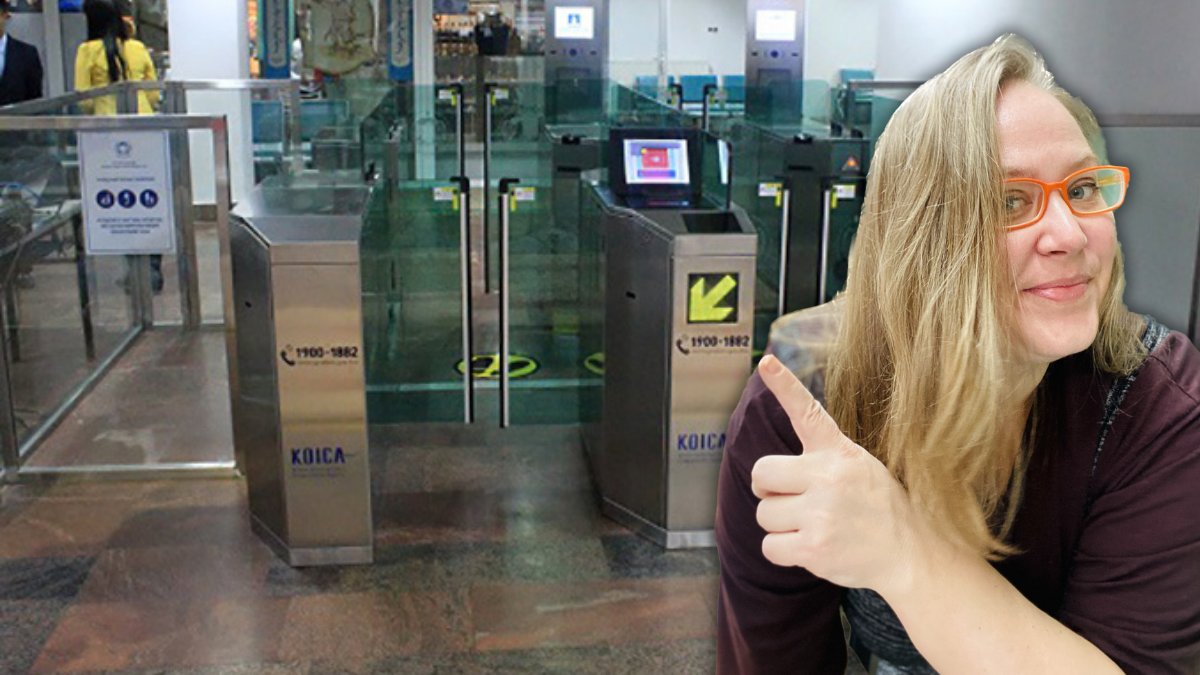
Entry/ Exit Info for Foreign Legal Residents in Korea
While living in South Korea, you will likely fall in love with traveling to all kinds of nearby international destinations. When entering and exiting South Korea, you may wonder if you need your Foreign Registration Card (FRC aka ARC). Here is some entry/exit info for Foreign Legal Residents in Korea related to the Foreign Registration Card.
What is a Foreign Registration Card
In South Korea, a Foreign Registration Card (FRC) (also called an Alien Registration Card (ARC) in English) is an official identification card issued to foreign nationals who plan to stay in the country for more than 90 days. The card is administered by the Korea Immigration Service under the Ministry of Justice and serves as legal proof of a foreigner’s residence status.
To obtain an FRC, foreigners must apply at their local immigration office within 90 days of arrival in South Korea. The card contains personal details such as the holder’s name, nationality, date of birth, address in Korea, visa type, and a unique registration number. This number functions similarly to a Korean citizen’s resident registration number and is used when accessing many public and private services.
An FRC is essential for everyday life in Korea. It is required to open a bank account, sign a phone contract, enroll in the National Health Insurance Service, and register for online government services. It also allows long-term foreign residents to register for conveniences such as the Smart Entry Service, enabling use of automated immigration lanes.
Failing to register or keep the card information updated can result in fines or legal penalties under Korean immigration law.
Do I Need My FRC When Entering and Exiting Korea?
The short answer is yes, however, you might want to know more about the whole process so let’s get into it:
Exiting Korea for Vacation
When you leave Korea for vacation as an international resident of Korea, they legally required to carry your FRC with you. However, the boarder control may only ask for your passport. It’s up to the boarder control officer if they request to see it or not.
Different visa types and international residents from restricted countries may need to show their FRC when exiting Korea more often. We can’t clarify details in this area since it changes over time and up to each immigration officers preference. We can say that those with student visas should expect to be asked.
Entering Korea on the Return
Airlines typically request to see your FRC when you return to Korea. Some airlines may not allow you to board the plane without either a 1) valid FRC or 2) ticket departing from South Korea.
Even if there are no issues with your legal status in Korea, gate agents may worry if you return to Korea near your expiration date. At least one volunteer experienced a gate agent who tried to refuse them boarding back to Korea because the volunteer’s FRC was set to expire 1 week after returning to Korea. The airline finally agreed to allow the volunteer to, “At their own risk.”
E-Arrival Card
If you hold a valid FRC, you do not need to complete the E-arrival card when returning to South Korea. This exists for tourists. Citizens and legal residents of South Korea do not need to complete this upon returning from abroad.
Using a Digital FRC for Entry Exit
As of 2025, Korea does not appear to allow use of the Digital Foreign Registration Card through the Mobile ID app at boarder control. The Digital FRC exists for use inside Korea, not a replacement for exit and entry. This may change over time, be safe and always exit and enter Korea with a physical FRC.
Leaving Korea Permanently
When you exit South Korea for the final time, you must relenquish your FRC to boarder control. If you don’t do this, it could impact your access to future visas.
We have known people who did not know this and they were briefly detained and questioned the next time the returned to Korea for a holiday.
Using the Korean Passport Lanes
When you return to South Korea and you have a valid FRC, you can often use the Korean Passport lanes, which simply scan your passport and let you through. You never talk to a person. This often takes us around 2 minutes.
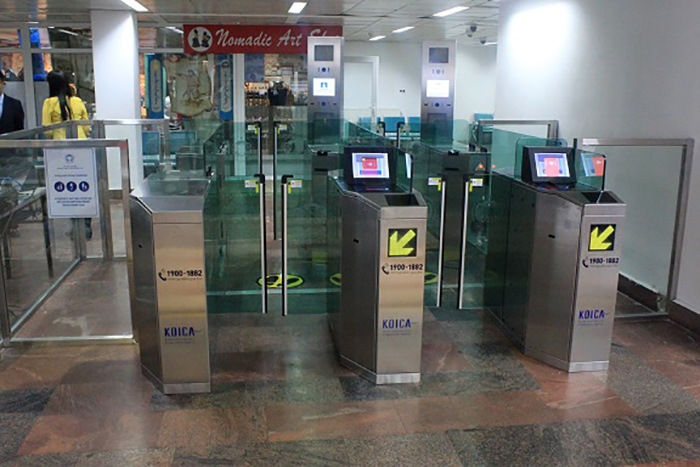
Eligibility
- Foreign residents with a valid ARC can register for the Smart Entry Service (SES), which lets you use the same automated gates as Korean passport holders.
- You must be 17 years or older to enroll.
- Your FRC must be valid for at least 6 months from the date of registration.
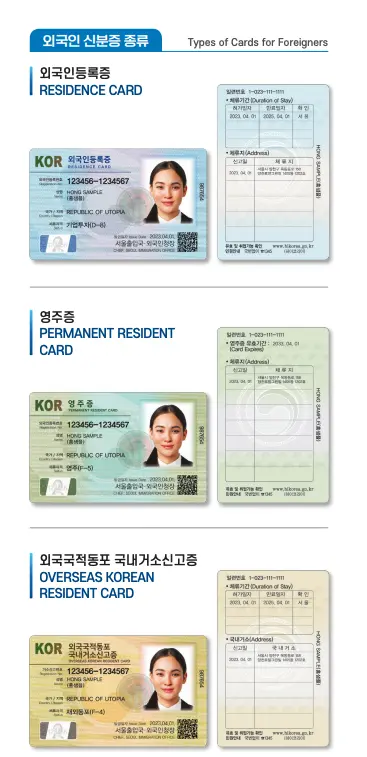
Registration Process
You need to register in person before you can use the lanes:
Where to register:
- Incheon International Airport (T1 or T2 immigration office)
- https://www.immigration.go.kr/immigration_eng/1859/subview.doGimpo, Gimhae, Jeju, and other major airports
- Some immigration offices within Korea
What to bring:
- Passport
- ARC
- Completed SES application form (often provided on-site)
What happens:
- Immigration staff will scan your fingerprints and take a photo.
- The registration is immediate, and you can use the automated gates right away.
Using the Korean Passport Lanes
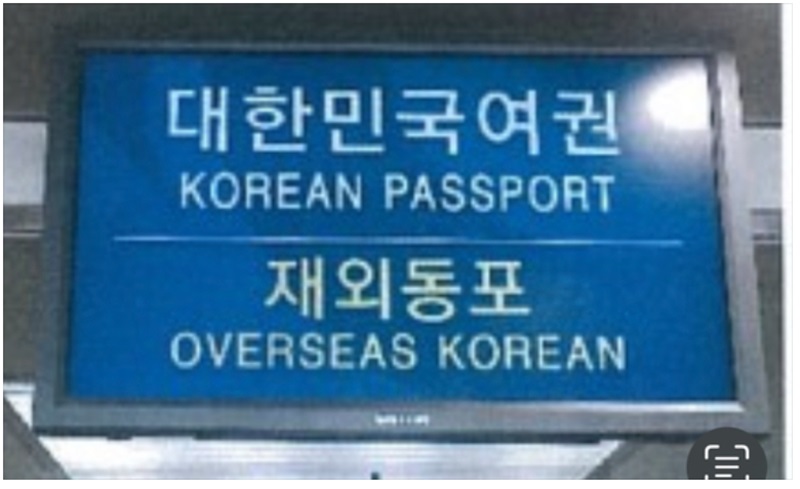
Once registered:
- You can use the 자동출입국심사 (Automated Immigration Clearance) lanes, which are usually marked for Korean nationals overhead, but they also allow registered SES members.
- You simply scan your passport, look at the camera, and use your registered fingerprints.
- This works for both departure and arrival in South Korea.
Things to Note
- If you don’t register for SES, you must go through the regular foreigner line, even with an ARC.
- SES registration is free.
- The system only works for Korean immigration. We shouldn’t have to say this, but in other countries, you must still follow the entry rules for foreigners.
Pro Tip: If you don’t know if you are registered, you can always try the Korean Passport system, and if it doesn’t work, they tell you to walk over to the Foreign Passport area.
Our Experience Using the Korean Immigration Lanes
Every time we get to use the automated re-entry into Korea, we feel grateful for where we live. It’s always been extremely fast and painless for us. It takes about 60 seconds to clear immigration. This means we walk up, no lines, pass through, and go home. Here are some things to know:
Misinformation at the Airport
Oddly, some airport staff at the Korean airports don’t realize that foreigners holding a Korean FRC can use the automated lanes for Korean Nationals. Maybe 3/5 people we ask in person at Incheon International Airport will say that we can’t use the Korean Nationals’ lanes. We’ve asked this question on each return trip just to see how accurately their staff can answer. It’s been a thing for over a decade, but we still received misinformation on arrival at Incheon Airport in 2025.
A few times, we had to simply ignore the people yelling at us to go the other way and keep walking. Once you actually get to the Korean Immigration lines, the helpers there know what is going on.
You Only Need Your Passport
Even though you need your FRC to register for this service, you only need your passport when using it. It’s good to have your FRC just in case, but they only scan your passport.
Issues with Wearing Backpacks
However, if you have a big backpack, you can run into issues. We recommend taking your backpack off because the scanners register it as someone trying to sneak in behind you.
Issues with Fingerprints
Some people have genetic conditions that make their fingerprints difficult for scanners to read. Basically, they sometimes lose their fingerprints. We have volunteers with this issue, and the computer couldn’t find their data. When this happens, the person whose fingerprints can’t scan simply moves over to an immigration officer who asks them additional questions and reviews their documents. It doesn’t often go very quick. We’ve never had to go to the back of the line and start over.
Registering for Smart Entry Service (SES) at Incheon
To be fully transparent, we’ve never registered for Smart Entry Service (SES) at Incheon. However, the Automated Immigration works perfectly for us. We think our immigration office registered our information sometime between 2012-2015. We just tried it once back then, and it worked, so we just kept using it. Maybe try checking with your immigration office to see if they can register you, or if they already did.
Important Additional Information
We also want to talk about a few hidden cultural issues related to your FRC and traveling in and out of the country that you may not know:
Warning: Impact of Exiting Korea with an Open Online Immigration Application
If you leave South Korea before your online application for visa renewal is completed, your application will automatically be cancelled the second you leave the country. They will notify you, it will simply be cancelled.
Therefore, do not leave South Korea if you have ANY uncompleted online immigration processes, especially if your visa expires while you are out of the country. Stay in South Korea until your paperwork is fully processed and the results or changes are reflected in your HiKorea account.
Warning: Impact of Exiting Korea with an Open Immigration Application
Do not leave South Korea if you have applied for your visa and it has not been issued yet. We are talking about anyone who has just arrived in Korea like international students, or those who are applying for their next visa. This may cancel your application.
Absolutely DO NOT exit South Korea if you applied to renew your visa and your visa renewal date occurs while you are outside the country.
Korean Entry/ Exit Documentation
Keep in mind, each time you enter or exit South Korea, it’s documented, and you can get records from your local government center (sometimes called a Jumin Center) or immigration office. Official proof of your travel history is called 출입국사실증명서.
The 출입국사실증명서 lists all recorded arrivals and departures from Korea within a selected date range and is often required for purposes such as tax filings, school applications, visa renewals, or official Taekwondo black belt testing.
To obtain it at a community center, you must bring your FRC and know your registered address. Many centers also have automated kiosks that issue the certificate on the spot for a small fee, usually ₩1,000. The request can also be made online through the Government24 website if you have a registered digital certificate.
Information Changes Over Time
Remember that immigration information changes often. Our information provides a look at one moment in time. It’s based on online research, conversations with immigration, and lived experiences.
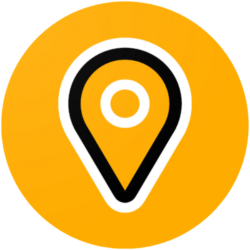
Founded in 2015, the South of Seoul team consists of volunteers on three continents working together to support English-speaking people traveling or living in South Korea. South of Seoul volunteers work with organizations and individuals across South Korea to improve equitable access to information across South Korea. Much of South of Seoul’s information focuses on Pyeongtaek, Gyeonggi-do, South Korea.
Blogs published under the authorship of “South of Seoul” include blogs compiled by multiple volunteers to improve access to standardized information unrelated to individualized personal experiences.



